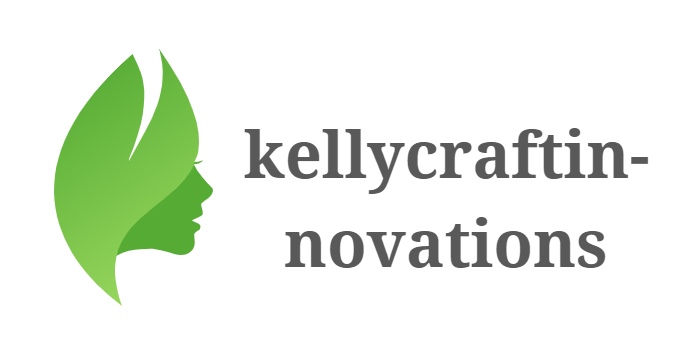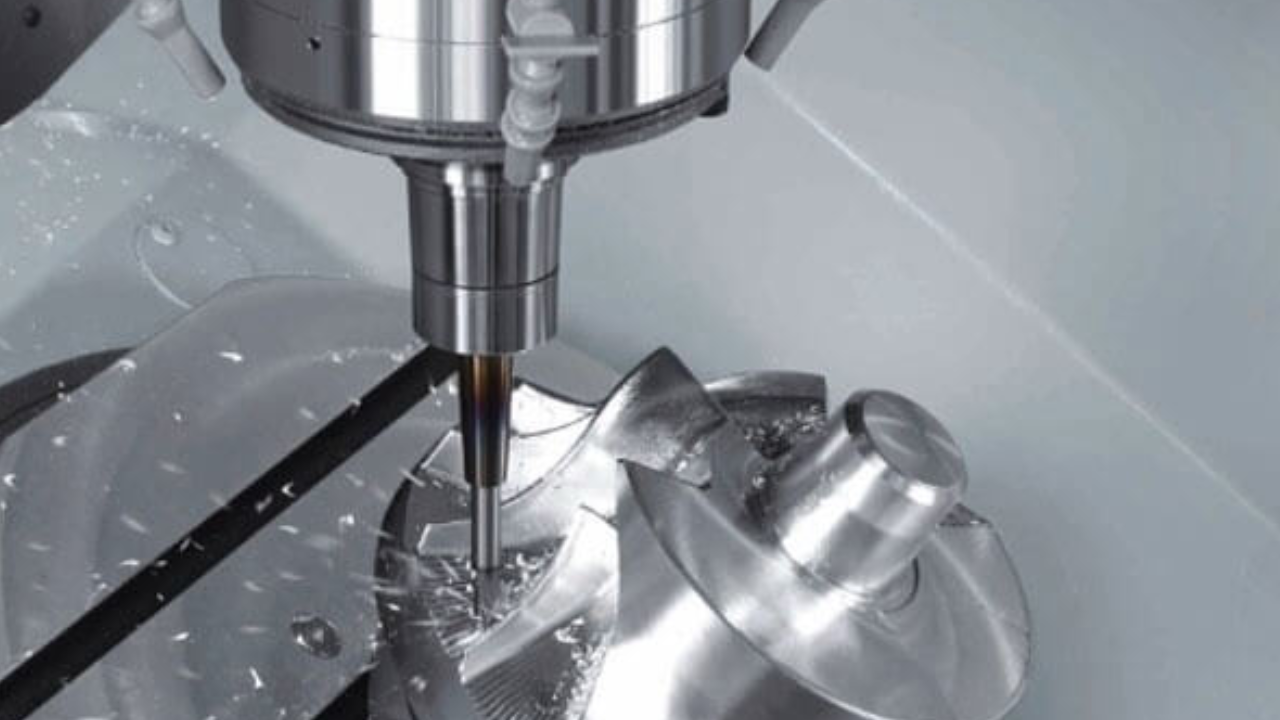Custom injection molded parts are critical additives in a wide selection of industries. This production technique includes injecting molten plastic into a mold to create precise, top-notch parts tailor-made to precise requirements. The capacity to customize every aspect of the component, from material choice to design intricacies, offers significant benefits.
Custom injection molding helps mass production achieve steady satisfaction, permitting producers to fulfill stringent performance standards and regulatory necessities. But, designing custom injection molded parts calls for cautious attention to various factors, including material properties, manufacturability, mold layout, and value management. Information from these factors guarantees that the final product no longer only meets the intended specifications but is also powerful and green to supply.
Consideration Factors For When Designing Custom Injection Molded Parts
See the details below:
Material Selection
Deciding on the right material is critical for custom injection molded parts. Do not forget residences consisting of tensile power, impact resistance, flexibility, and temperature tolerance. Stabilize performance with value-effectiveness, and recollect environmental impacts by opting for recycled or biodegradable plastics. The chosen material considerably influences the component's functionality, durability, and usual production costs, making this an essential design choice.
Design For Manufacturability
Design for Manufacturability guarantees that custom injection molded elements are clean and cost-effective to produce. Key concerns encompass preserving uniform wall thickness to keep away from warping, incorporating appropriate draft angles for easy component ejection, and using ribs and executives for structural integrity. Averting undercuts simplifies mold design, even as specifying realistic tolerances reduces production fees. DFM optimizes the layout for green manufacturing, enhancing component satisfaction and decreasing defects.
Mold Design
Mold layout is crucial for producing extraordinary custom injection molded components. Choose long-lasting substances like metallic for high-volume manufacturing or aluminum for prototyping. Design green cooling channels to ensure uniform temperature distribution and minimize cycle instances. Proper gate design and vicinity affect cloth flow and component look. Put into effect a dependable ejection device, which includes ejector pins or air blasts, to ensure elements are removed without harm, preserving manufacturing efficiency and part integrity.
Prototyping and Testing
Prototyping and checking out are critical steps in growing custom injection molded elements. Use 3-D printing or CNC machining to create prototypes for preliminary evaluation. Conduct simulation analyses to evaluate fabric flow, cooling instances, and capacity defects. Carry out practical testing under real-world international conditions to validate overall performance and pick out troubles early. Those steps permit for layout changes before full-scale manufacturing, ensuring the final product meets all specifications and pleasant standards.
Production Considerations
Optimizing manufacturing for custom injection molded parts entails balancing cycle time, greatness, and cost. Efficiently control cycle times through material choice, part geometry, and cooling efficiency to enhance productivity. Put in force stringent best control measures, consisting of normal inspections and testing, to make sure components meet specifications. Design for scalability to deal with future manufacturing extent adjustments. These issues assist in maintaining consistent component quality while maximizing manufacturing efficiency and cost-effectiveness.
Cost Management
Effective price management in custom injection molding entails balancing preliminary and production fees. The premature investment in mold introduction is tremendous; ensure the design is finalized to keep away from luxurious modifications. Consider cloth costs, gadget time, and exertions in the per-element production fee. Optimize design and manufacturing processes to reduce waste and improve performance. Collaborate with providers for cost-efficient material sourcing and leverage economies of scale for lengthy-term savings.
Summary
Designing custom injection molded parts is a complex method that requires a holistic technique, balancing different factors to attain the preferred final results. By considering the above-mentioned elements, designers can create exceptional, cost-effective injection molded components that meet specific desires and carry out their intended packages reliably. Non-stop iteration and development, supported by modern-day equipment and technology, can further enhance the layout process and final results.


